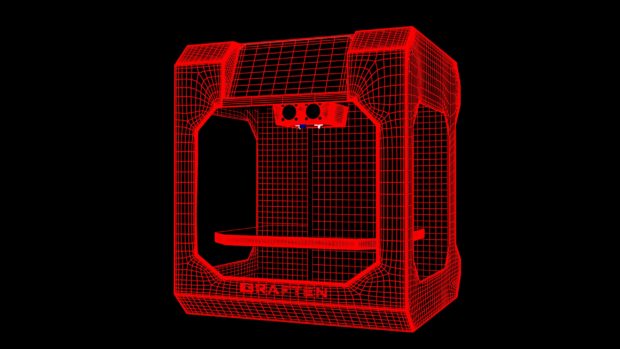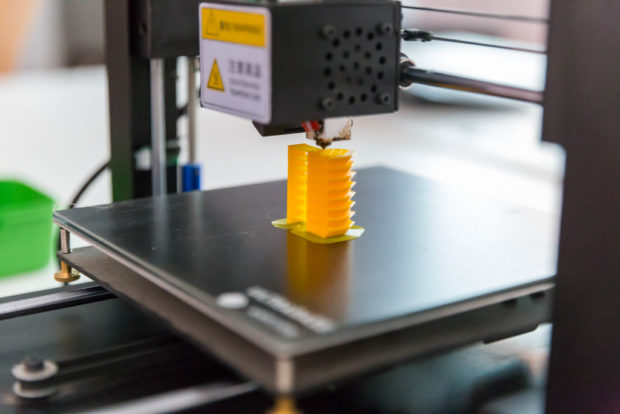3D Printing is revolutionizing the way we understand healthcare, although still in it’s relative infancy, the results so far are astounding.
What is 3D Printing?
3D printing is the process of building a three-dimensional object from a computer-aided design (C-A-D). Each layer is printed and they layered on top of each other, over time creating a fully functional finished project. The outcome is the ability to print complex shapes that otherwise would not have been possible with traditional casting methods.

An example of a commerical 3D Printer- Feb 27,2020 (Photo via Pixabay)
Personalised Prosthetics
In 2017 the world saw the very first clinical trial, using 3D printing to create custom prosthetics. Tilly Lockey, having lost both hands as a baby after developing meningitis, was granted bionic hands almost a decade later. The hands were created by UK firm, Open Bionics, which has since been funded by tech philanthropist Tej Kohli.
‘Kohli was also an early investor in Open Bionica and advocates its superior robotics technology for improving the confidence of children’.
The hands, which were modelled on Disney characters, took only a day to make and cost about £5,000 contrasting £60,000 which is currently what comparable prosthetics cost. Unlike traditional prosthetics, Tilly’s bionic hands were moulded to every part of her body, creating something completely custom built.
Bioprinting / Tissue Engineering
Bioprinting poses perhaps the most interesting movement within 3D printing and healthcare. Using the same additive manufacturing process as personalised prosthetics, Bioprinting uses biomaterials, for example, cells and combines them with growth factors to create ‘tissue-like structures that imitate natural tissues’. Whilst we are not quite at the stage of recreating usable human organs, the speed of the industry suggests we are not far away from the finish line.

3D Printing Conceptual Illustration- Feb 27,2020 (Photo via Pexels)
3D Printing for Burn Victims
Another drastic technological breakthrough in 3D printing is using it for burn victims. In the past, options for burn victims have been limited and painful with bad aesthetic results, insert 3D printing. Researchers in Spain have taken the layered approach that 3D printing uses and applied it to recreating human skin. Furthermore, they are now working with a biological ink that contains both human plasma, alongside structural gel and material extracts, which are taken from skin biopsies to 3D print skin grafts. This concept can also be further applied to allergy testing, removing the need for certain clinical trials and even animal testing, as the drugs can be tested on the 3D printed skin.
The primary example of 3D printing in terms of pharmacology is the ‘Polypill’. This provides a solution for ensuring correct medication dosage and, for the patient themselves removes the pressure and stress of ‘exhaustive monitoring of drug intake when their medications have different schedules’. Not only is the extremely cost-effective, as a singular dosage is created as opposed to a variety of different drugs, this method also creates less waste and allows the medication to become accessible to less advantaged, developing countries. Research firm Gartner predicted that ‘by 2019, 10% of people in the developed world will be living with 3D-printed items in their bodies’

3D Printing Processes Illustratated-Feb 27,2020 (Photo via Flickr)
The Daily Caller is devoted to showing you things that you’ll like or find interesting. We do have partnerships with affiliates, so The Daily Caller may get a small share of the revenue from any purchase. This is a sponsored post.

